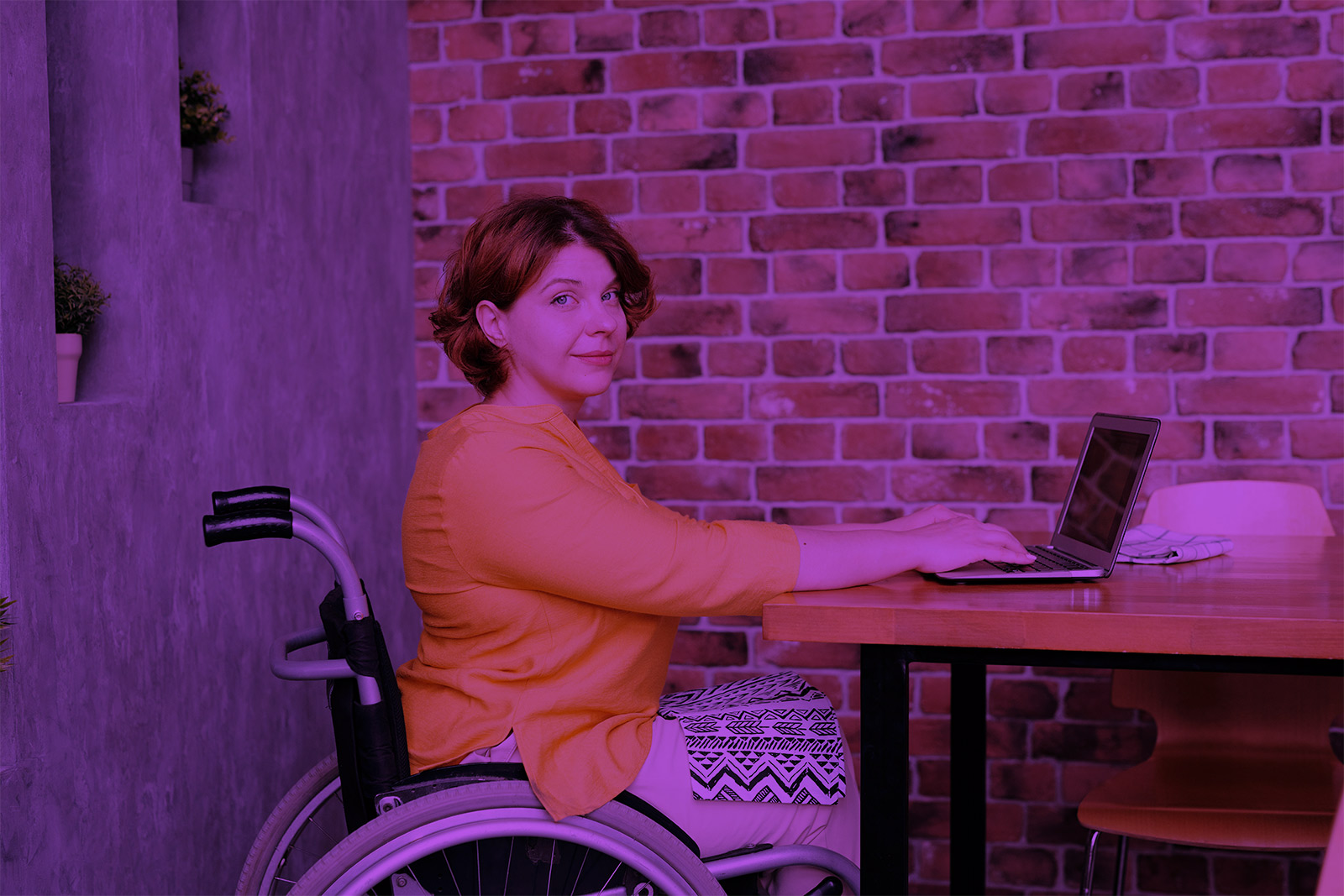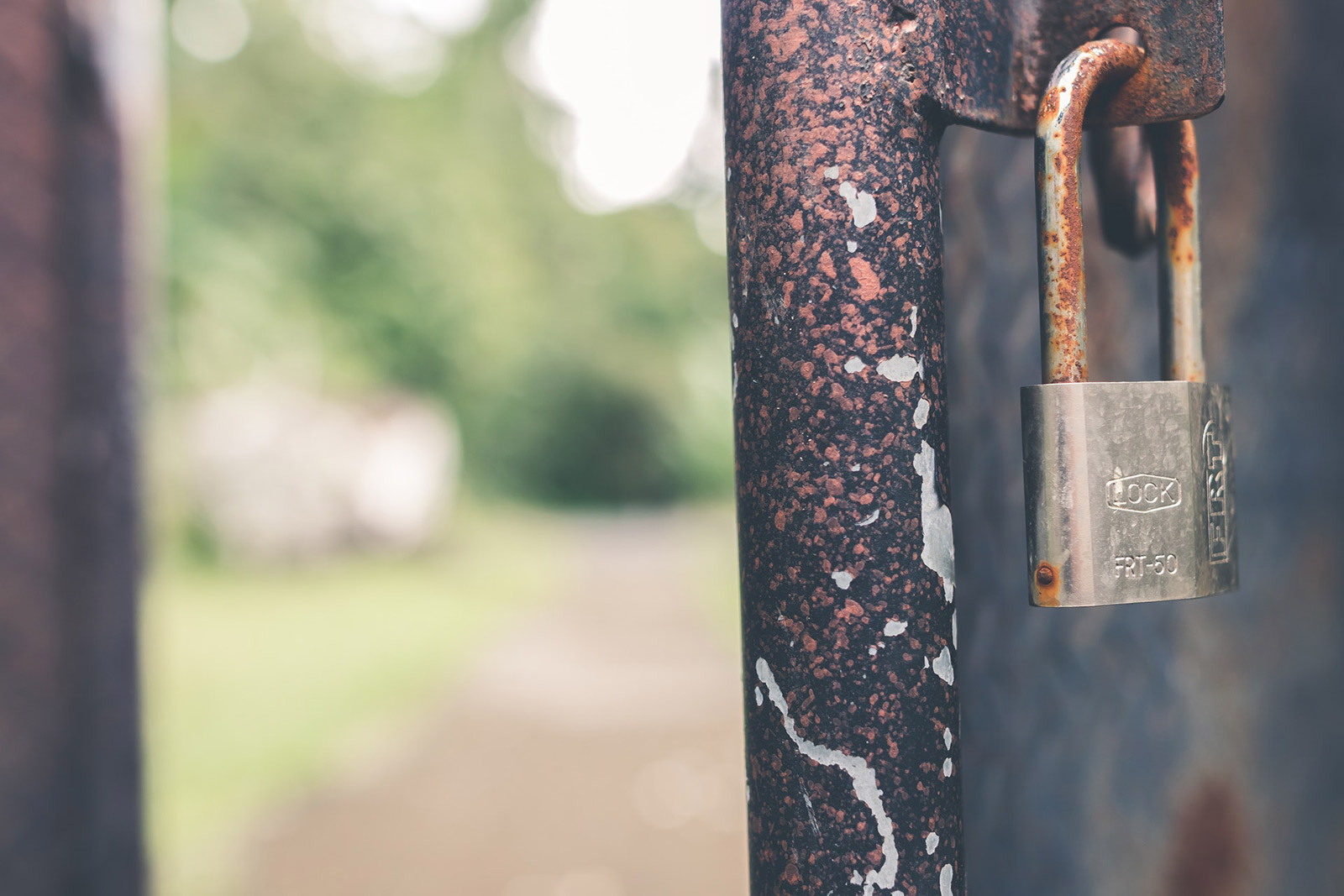Innovative Access Project: Hand Disabilities
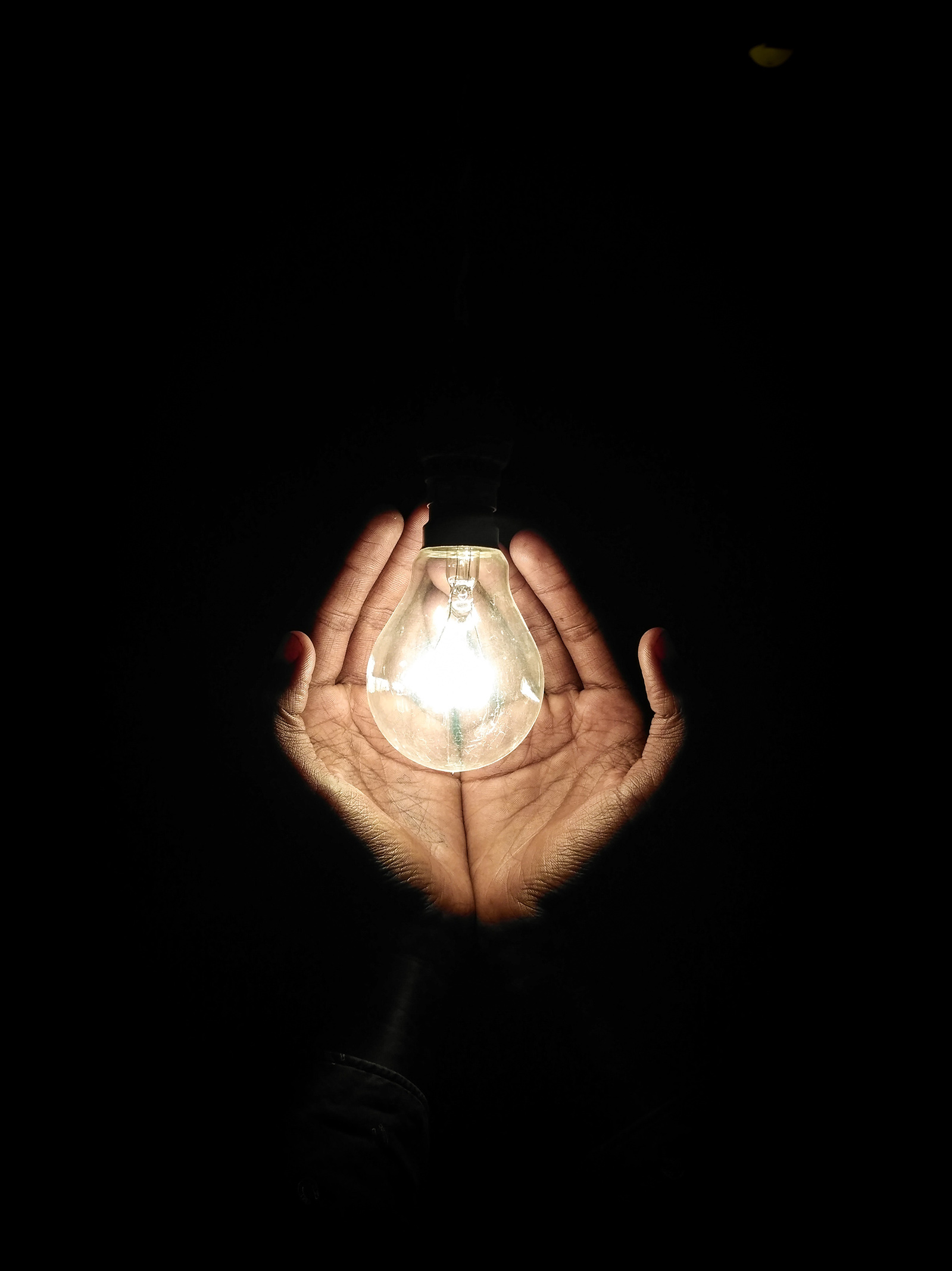
Accessibility Challenge
According to the World Health Organization (Inclusive City Maker, 2019), disabilities affect over two billion people, or 37% of the world population. In the United States, three million people struggle with some type of hand or forearm disability, including hand deformities, missing fingers, carpal tunnel syndrome, psoriasis, arthritis, and other conditions (Delzell, 2019; Statistics, 2014).
Hand disabilities create difficulties in a variety of ways: writing, using utensils and tools, using zippers and buttons, opening doors, making fingerprints, typing on a keyboard, picking up objects, opening jars and cans, brushing hair and teeth, bathing and showering, playing a musical instrument, and so on. Besides facing physical barriers, people with hand disabilities struggle with attitudinal, social, and “internalized” barriers and may also experience communication and policy barriers.
Product Inclusion Principles
- Seek out points of exclusion. When designing a product or service, take a look at it from an outside perspective to assess it from different angles. Evaluate points at which people may be inadvertently excluded, and then use what you find to iterate your designs and even generate new ideas and opportunities.
- Identify situational challenges. Sometimes exclusion is temporary or situational, based on the context and setting. Observe and evaluate users’ interactions with products or services and design to account for the different contexts in which people will use them. These different contexts shape what people need and prefer at any given time (Jean-Baptiste, 2020).
- Provide different ways to participate. Just because people are different doesn’t mean they can’t participate; sometimes they simply have to do things in a different way. Providing different ways to participate allows users to pick the method that works best for them.
- Provide equivalent experiences. When creating different ways for people to participate, make sure you facilitate experiences that are usable, equivalent, and comparable—not less than the “normal” experience.
- Expand the solution so it works for everyone. A solution designed for one group can sometimes work for a much broader audience. This can pertain to accessibility features, such as speech to text, or a product that was made for a specific group that can now be expanded to a bigger audience.
Goals
Based on observations and a structured interview with an occupational therapist, we narrowed our primary project goals to helping people with pincer grasp challenges to increase finger strength and improve the ability to manipulate buttons, zippers, and door handles.
Logistics
This project was designed to include a range of participants (including participant observers) in the research, design, and testing phases. We collaborated with participants to design an app prototype that will help people with various hand disabilities improve finger strength and mobility. Ultimately, our hope was to expand physical access for people with hand disabilities to daily experiences that are meaningful and fulfilling. This access will open doors to richer emotional and social experiences too.
Future research could involve more participants from diverse backgrounds in the codesign process. Design researchers and project participants would collaborate to plan, prototype, and test collective ideas. The more participants involved in the process, the more progress could be made in a relatively short period of time. For example, research would take place over two to three weeks, codesign would take another one to two weeks, and initial testing would take another week (although testing and reporting would continue many months into the future to evaluate the design’s effectiveness and to iterate the design outcome).
Style Board
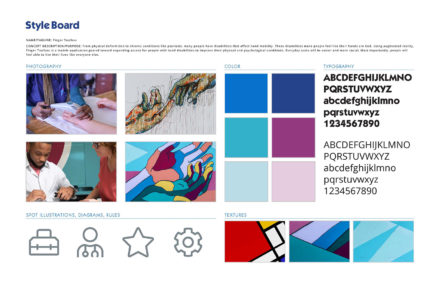
Personas
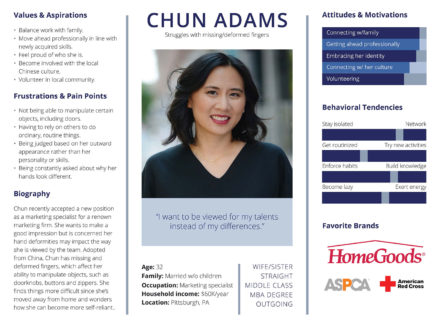
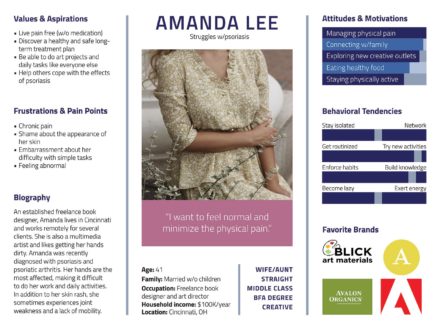
Empathy Maps
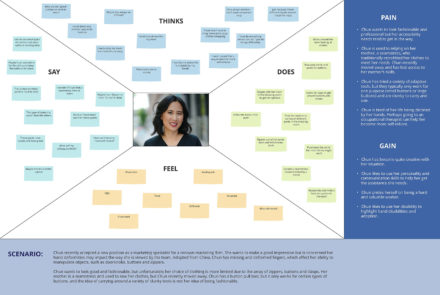
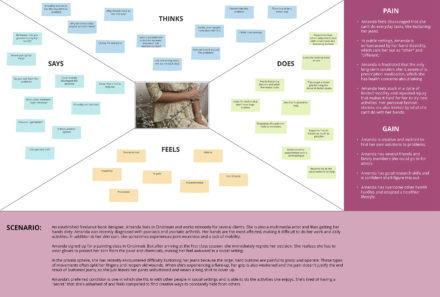
Storyboards
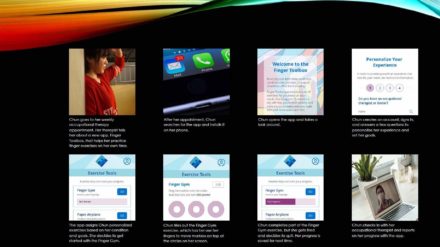
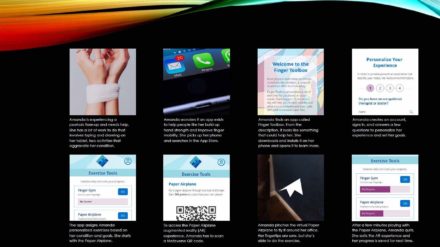
Experience Maps
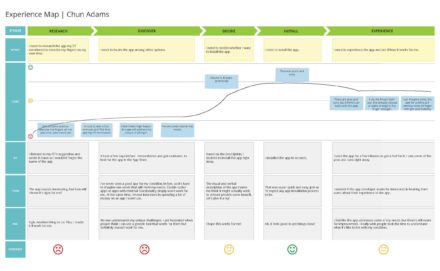
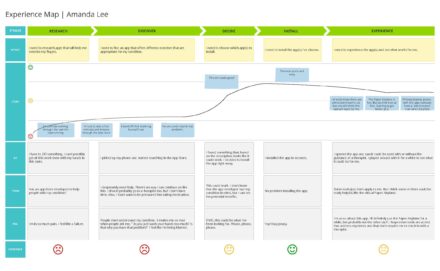
Design Prototype
The app prototype, Finger Toolbox, was designed in Adobe XD and incorporates augmented reality via Metaverse. It personalizes a set of exercises for users based on their unique needs. The app incentivizes users to practice at least 10 minutes a day to help them reclaim mobility and the ability to perform everyday tasks. As an optional feature, it also integrates treatment with the user’s occupational therapist or doctor.
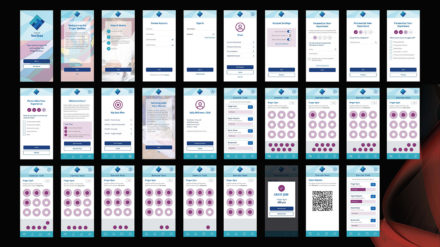
References
Delzell, E. (2019, June 12). When psoriatic disease strikes the hands and feet. National Psoriasis Foundation. https://www.psoriasis.org/advance/when-psoriatic-disease-strikes-the-hands-and-feet/
Inclusive City Maker. (2019). Disabled people in the world in 2019: Facts and figures. https://www.inclusivecitymaker.com/disabled-people-in-the-world-in-2019-facts-and-figures/
Jean-Baptiste, A. (2020). Building for everyone. John Wiley & Sons.
Statistics on hand and arm loss. (2014, February 4). ISHN. https://www.ishn.com/articles/97844-statistics-on-hand-and-armloss#:~:text=More%20than%203%20million%20people,either%20congenital%20or%20injury%20related
